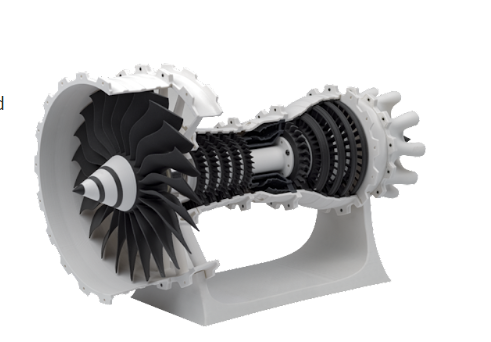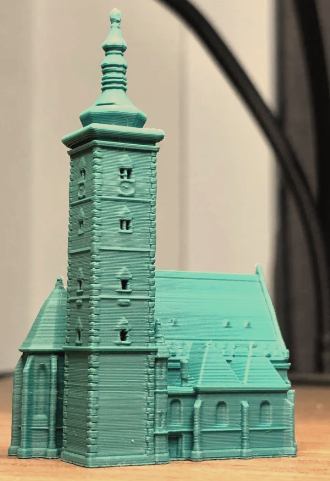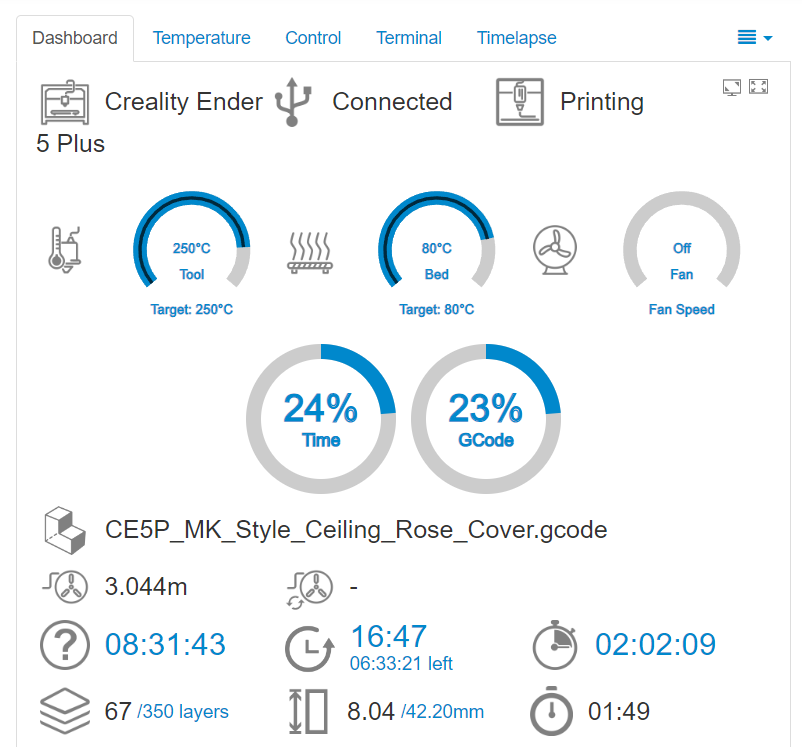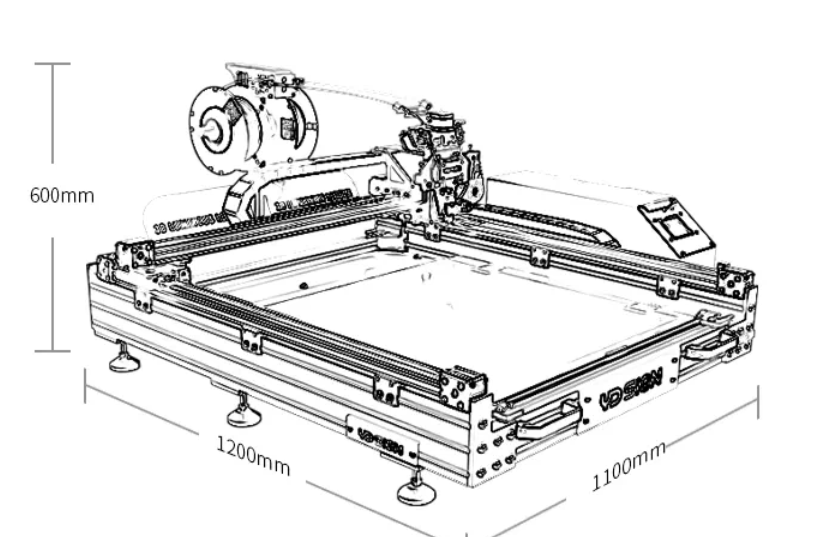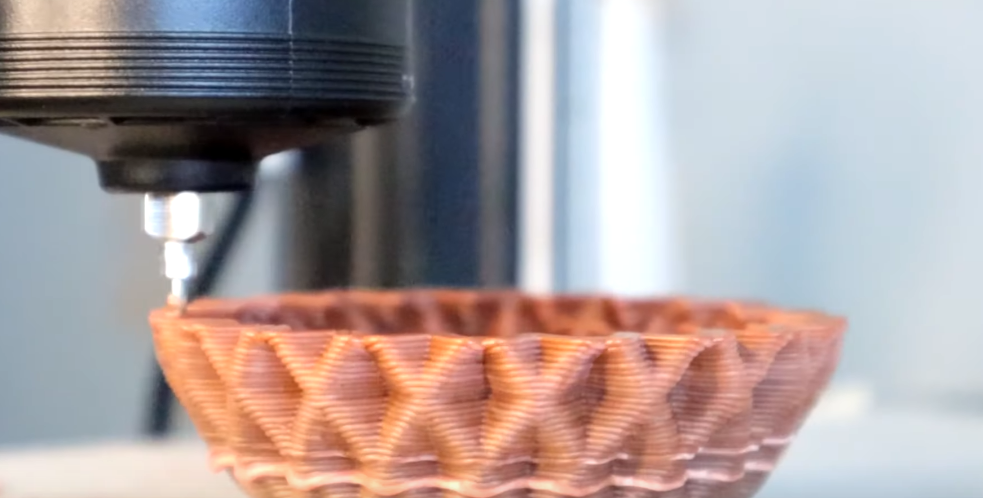What Are the Latest Developments in 3D Printing?
What Are the Latest Developments in 3D Printing?
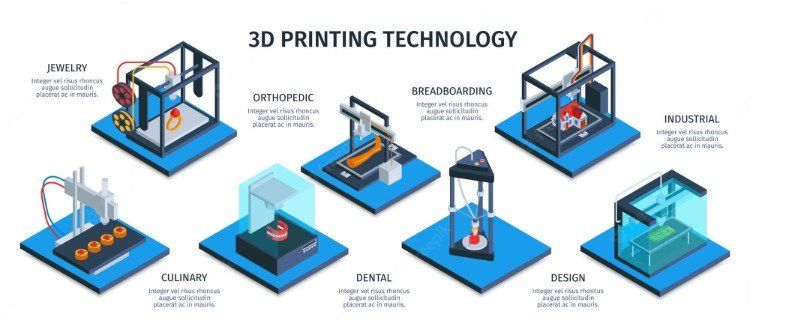
New and exciting developments are happening in the world of 3D printing all the time. As an emerging technology, it is constantly being developed and improved upon to meet the needs of various users. New applications for 3D printing are being discovered all the time, from medical applications to digital fabrication in a variety of industries. Here is a look at some of the latest trends and developments in 3D printing:
3D Printing May Help in the Fight Against Food Waste
Food waste is a huge and growing problem, particularly in the Western world. With so much food being discarded every year, it’s not surprising that this problem is contributing to rising CO2 emissions as well as financial and nutritional inefficiencies.
Food waste can be caused by a variety of factors, including poor storage and transportation methods, overstocking of produce, incorrect labelling, and even misleading sell-by dates on packaging. In response to this growing problem, a number of startups are exploring the use of 3D printing to combat food waste.
These companies are investigating ways to “print” food on site and provide fresh food on a demand-only basis.
This would suit restaurants and cafes that have high food waste due to large quantities being prepared that are often not sold by the end of the day. Another way in which it could help to fight food waste is by creating bespoke nutrition for people with dietary requirements, allergies, or medical conditions.
While this technology isn’t fully developed yet, it has the potential to revolutionise the way people receive their nutrition.
Virtual Reality and Augmented Reality Integration
As
3D printing technology becomes increasingly advanced, it is being combined with virtual and augmented reality. Virtual reality (VR) and augmented reality (AR) are being used to design and model products before they are printed, as well as to visualise what an item will look like once it has been created.
This allows designers to experiment with different styles and colour schemes before committing to a particular design.
AR is also being used to show customers what their finished product will look like before it has been manufactured, using additive manufacturing processes.
This allows customers to see how different colours and materials will look, and to make changes before the product is made.
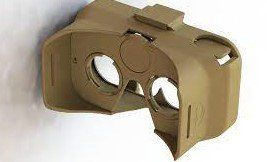
Cloud-Based 3D Printing Services
Cloud-based services are growing in popularity, allowing users to make use of 3D printers without having to make any long-term financial commitments. These services are particularly appealing to start-ups and small companies that may not have the funding or space to purchase their own 3D printers.
Customers can upload their designs to the cloud and have them printed remotely at a cheaper rate than having the designs printed on-site .
A recent survey by Wohlers Associates, a consultancy and research firm specialising in 3D printing, found that 62% of companies using 3D printing services expected to increase their use of them in the next two years.
As more people become aware of the benefits that cloud-based 3D printing services can offer, this figure is likely to grow.
Cloud-based printing also means that users have access to technology at all hours of the day and night, making the technology extremely convenient.
Robotics Development for 3D Printing
As more industries begin to make use of additive manufacturing processes, we can expect to see further development of robotics for 3D printing. New robotics will improve the accuracy and speed at which
3D printing is carried out, which can only be beneficial for all industries.
Robotics are being developed specifically for the 3D printing process, rather than being repurposed for the task. This means that the technology can be built to suit the technology as opposed to being modified to work with existing robotics.
With the increased use of robotics to produce 3D printed products, we can expect to see continued improvement in the quality and variety of products that are available.
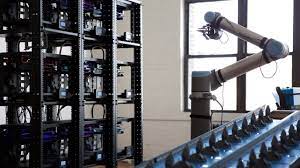
More Affordable 3D Scanning Equipment
One of the biggest hindrances to the wider adoption of 3D printing has been the lack of affordable 3D scanning equipment. While 3D printers have become more affordable and accessible, scanners have not. This has meant that designers have had to outsource their 3D modelling, which is often costly and time-consuming.
While professional 3D scanners still exist, the technology has come a long way, and there are now a number of more affordable, portable options available.
This has made 3D scanning accessible to a wider audience and has taken away some of the design burden.
Automated Manufacturing
Although additive manufacturing processes are popularly perceived as digital manufacturing processes, they are not fully automated. While one person may design an item and send it to a 3D printer, another person may be required to load the item onto the printer and monitor its progress.
Automated manufacturing, on the other hand, is fully automated. Machines are able to design and create an item from scratch by following a given set of instructions. This means that designers only need to input the information once, and the machine can take it from there. Automated manufacturing is expected to become increasingly common in the future.
3D Printing Materials
One of the biggest barriers to 3D printing adoption is the fact that various materials can be used in the printing process. Each material has its own set of advantages and disadvantages, and selecting the “right” one for a particular product can be challenging.
As the technology becomes more advanced, we will see improvements in materials and their suitability for various applications. New materials are being developed all the time, and improved materials will be better suited to a range of environments and applications.
We might even see the emergence of new materials designed with specific functions in mind.
3D Printing Diversification
As the technology advances, we can expect to see a diversification of applications. While this technology has traditionally been used for prototyping, product design, and manufacturing, we can expect to see it applied to many more areas in the future.
One of the biggest applications is medical research and development. Scientists are able to create models of organs, bones, and other human body parts to study how they work and how diseases affect them.
While this has long been done with plastic and clay, 3D printing has made this process more efficient and accurate. Medical researchers are able to print miniature versions of organs to study how diseases affect them and to test medical equipment such as implants and surgery tools.
3D Bioprinting
3D bioprinting is a combination of 3D printing and biotechnology. This emerging technology is designed to create living tissue by depositing cells in a particular order and pattern. While it is still in its early stages, the technology has a lot of potential, and it could greatly improve the quality of life for people with a range of diseases.
For example, people with diabetes may be able to grow their own insulin-producing cells and reduce their reliance on injections. This technology is still in its infancy, but it has the potential to make a huge difference to the lives of many people by improving the mechanical properties of medical devices.
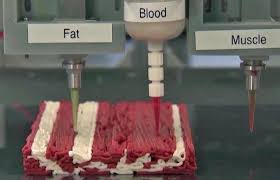
Conclusion
Overall, the future of Additive Manufacturing looks bright.
The technology has come a long way since its inception, and we can expect it to continue to improve and to find new applications in various industries.
While there are still challenges and limitations with this technology, the future looks promising.
Open source 3D printing platforms and a wide range of available printing materials are just two of the current printing trends that are making it more accessible and versatile
CCollaborating with:-
About Us
All Rights Reserved | Mitchell and Son Additive Manufacturing Ltd | Registered Company in England and Wales | Company Number : 12038697
| Public Liability Insurance no. 14615097
Insurer: AXA XL

